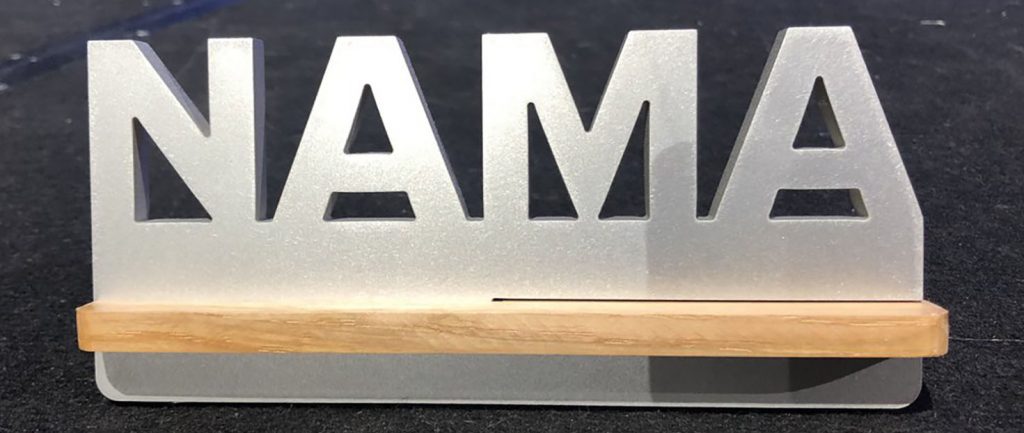This story was first featured in the September – October issue of Soybean Business. Click here to view the online version of this issue.
Experts agree: Farmers should rely on trusted advisors
Choosing soybean seed can be a daunting task with many factors to consider. Sifting through the data to choose a variety that works can be difficult if not contradicting. Considerations for disease, soil fertility, weather, yield potential, field prescriptions, plant population and herbicide tolerance need to be made when inspecting the total package a seed salesperson has to offer.
“Do your research. The most important and difficult decision on your farm will be selecting the varieties you plant,” says Seth Naeve, extension agronomist with the University of Minnesota. “Ag 101 is you pay the bills with high yielding varieties.”
David Pfarr, account manager and agronomist for DuPont Pioneer, says extra attention needs to be paid to soybean decisions.
“I would argue a farmer can slip up and make bigger mistakes in soybeans than corn,” Pfarr says. “Some of the best genetics in corn only have to hit full peak maturity, yield and agronomics. There isn’t a lot of interplay among the inherent soil diseases and soil chemistry like there is with soybeans. If you make a mistake and you aren’t paying attention to diseases, cysts and soil pH, you can have a big problem.”
One critical item up for debate in the industry is the need for seed treatments on soybeans. Typically seed treatments are used to protect the seed from insects and disease during a short time window aft er planting. Seed treatments take relatively minimal effort to control pest and disease threats; however, it is an expense that could be used elsewhere in an operation later on.
Jeff Schultz, Farm Business Management instructor with South Central College, says farmers really need to know their farm goals and the amount of time they have to invest in their operation when choosing seed and treatments. Soybeans are especially susceptible to threats and yield loss due to planting date.
“Farmers need to understand that they are trading time, labor and management versus a capital investment when choosing seed treatments,” he says. “Some have time to walk fields or apply chemicals while others don’t have enough hours in the day with off-farm employment or other commitments. Buying protection increases your input costs if those threats don’t occur, but in hindsight, if you forego some of those protections, management costs more money and time.”
Naeve says farmers need to consider their entire operation.
“The end value is marginal,” he says. “I’d rather see farmers invest their money in a good crop consultant to keep an eye on fields. Seed treatments can be effective when used prescriptively on a field-by-field basis and not uniformly. We are finding payoff in closely managing plant population rather than seed treatments.”
Randy Depuydt, a GIS Specialist and Fieldwork Manager with McPherson Crop Management, notes that the success of seed treatments are dependent on a mix of factors in an individual farmer’s situation.
“Rarely do we see a direct yield impact from treating soybean seed when planting conditions are fit on fields with decent drainage,” he says. “Simply put, seed treatments are too expensive to go on every acre. But if you have a combination of a cold and wet spring, poor drainage, a no-till environment, or soybeans on soybeans, you should treat your beans.”
Seed treatments are beginning to be highly prescriptive making it difficult for farmers to do on-farm treatment themselves.
“You can change the seed treatment by field, and we are getting down to the point of each seed and thus each plant having an exact and correct amount of treatment,” Pfarr says. “It is a highly technical job that needs to be done by trained professionals.”
Naeve adds: “Field-by-field prescriptions will be important moving forward. Farmers will need to identify what pathogen is in each field. Farmers will have to go back to the basics — you can’t buy your way around correcting soil fertility problems with a treatment.”
So what’s next in the world of soybean variety selection?
“Genetics will play a huge part in seed selection moving forward,” Pfarr says. “The ability to take 10 lines instead of 100 because we’ve already eliminated 90 of them is huge in terms of identified genetic potential. We have the ability to look at the complex systems of the gene and identify areas of the chromosome that contribute to yield.”
“Farmers are going to have to pay greater attention to their acres,” Naeve says. “Your time per acre is going to increase, and you will have to invest in more planning during the summer and winter months. It isn’t what’s new, but back to basics: general management, weather conditions, fertility and careful scouting.”
Depuydt says the future could help farmers reach the silver-bullet in soybean production.
“A division of varieties into categories of defensive and offensive based on yield potential and agronomic characteristics will make it easier to select the right bean to the right acre and potentially guide us to the elusive 100 bushel or more soybean yield.”
At the end of the day, farmers need to make sure they trust the people they are working with. All four experts encourage the farmers they work with to ask tough questions of their seed salesperson to decipher whether they understand your farm goals, your soils and issues.
“Farmers overlook the in-depth conversation they should have with their seed salesperson and their agronomist in those areas and their expectations for their soybeans. Farmers need to be, now more than ever, searching for partners who can sit with them, people they can trust, and really dive into what provides value to their operation,” says Pfarr.
Depuydt points out that farmers shouldn’t be afraid to shop around.
“While there’s nothing wrong with loyalty to a brand or to a seed salesman, don’t get suckered into buying the wrong bean just to get a certain percent discount,” he says. “It doesn’t hurt to have a second pair of eyes from a trusted advisor look over your information and data.”
“Deal with someone who will have your best interests in mind and knows your operation and your goals,” Schultz says.
Tags: Production, seed






